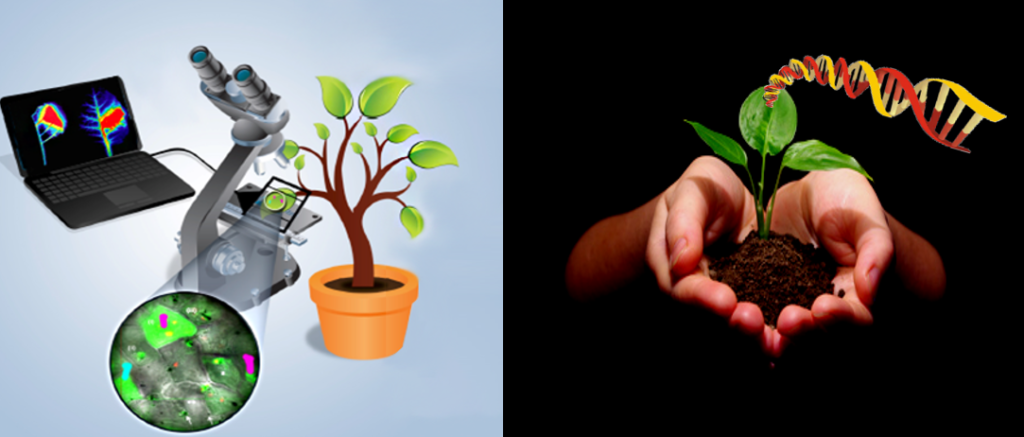
Malnutrition, especially iron deficiency in diets, is the cause of 11% of global illness, making it the number one risk factor impacting human health worldwide. On any given day, two billion people across the globe are afflicted with some form of malnutrition. It claims the lives of 2.6 million children each year where 45% of child deaths are under the age of 5. As the global population continues to rise, researchers around the world struggle to improve crop nutritional content to combat global malnutrition. This grim landscape drives plant scientists at the University of Missouri Research Reactor (MURR) to seek solutions. From out of the blue glow of this country’s largest university-owned nuclear reactor comes research ingenuity and science discovery unparalleled by any other research facility in plant science.
The Plant Radiotracer Group under the direction of Profs. Richard Ferrieri and Michael Schueller has been examining the biological functions of several common soil bacteria that can colonize the root surface of many crop plants including maize, this country’s largest grain crop. They leverage MURR’s unique capabilities in radioisotope production and nuclear-based technologies including imaging to gain insight into how these microorganisms influence their host’s metabolic and physiological state while helping it assimilate more iron from the soil improving plant growth, crop yield and crop nutritional content. Their hope is that science discoveries made in the laboratory today will reshape the future of farming, and in turn help solve global issues in food insecurity and nutrition.

